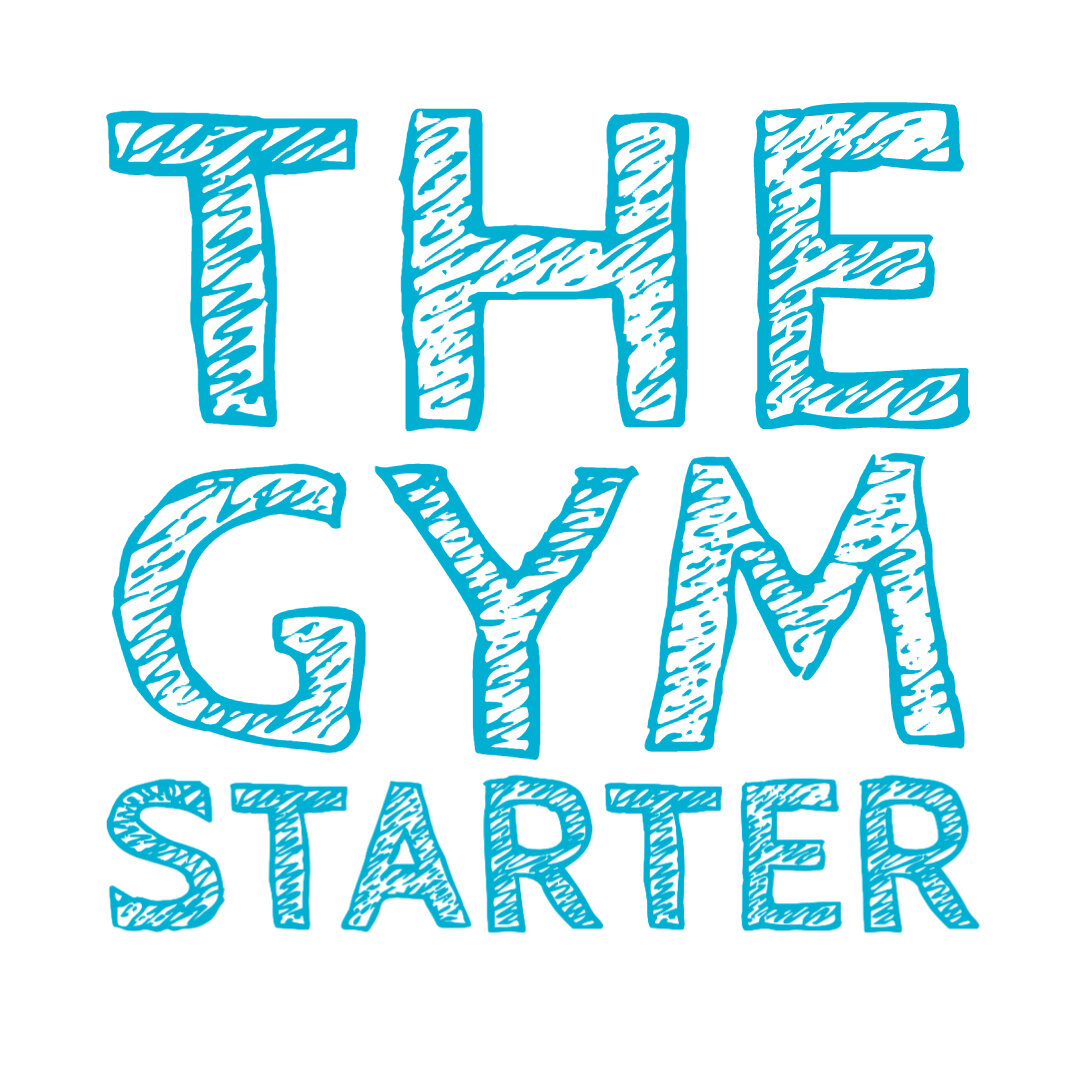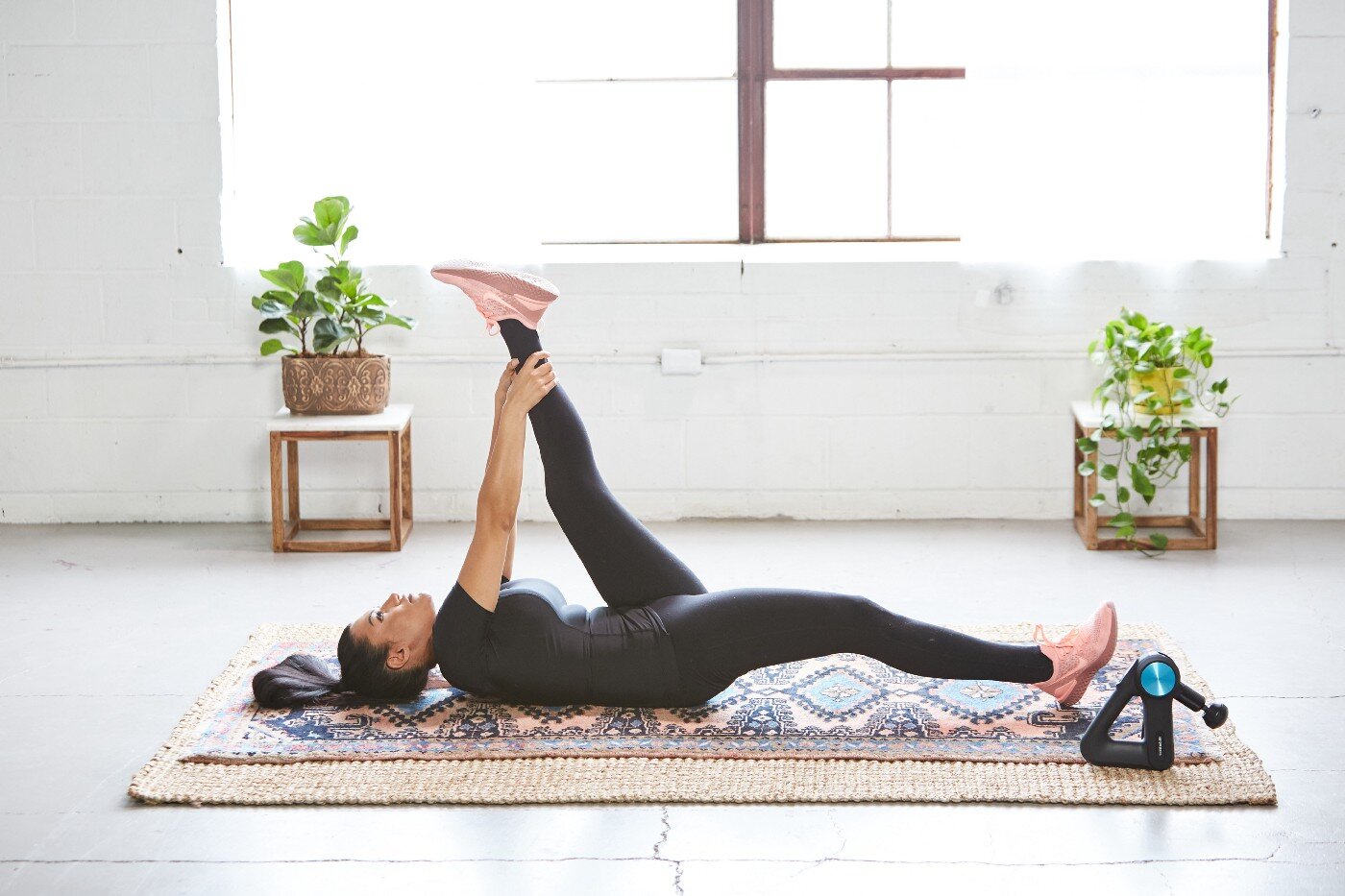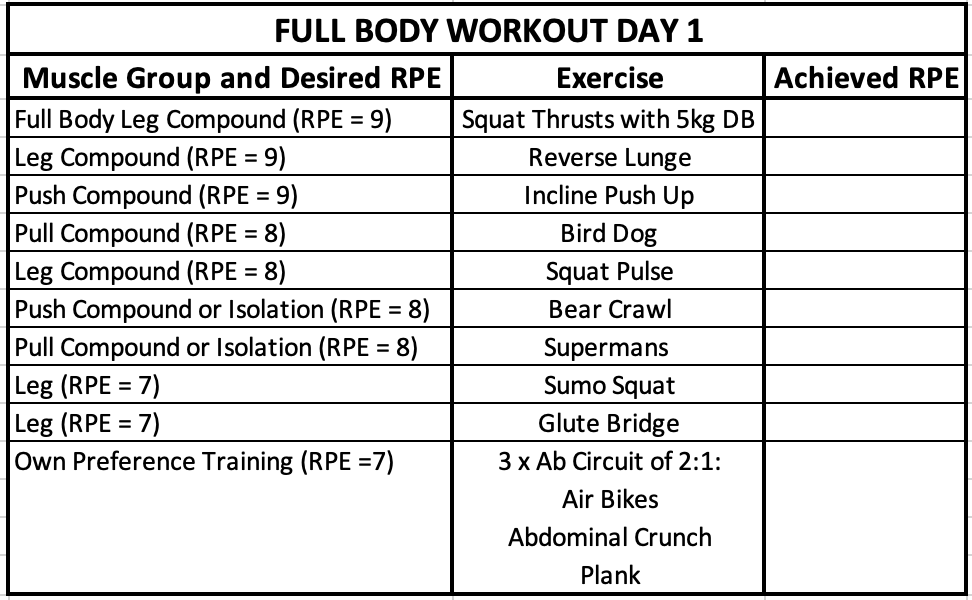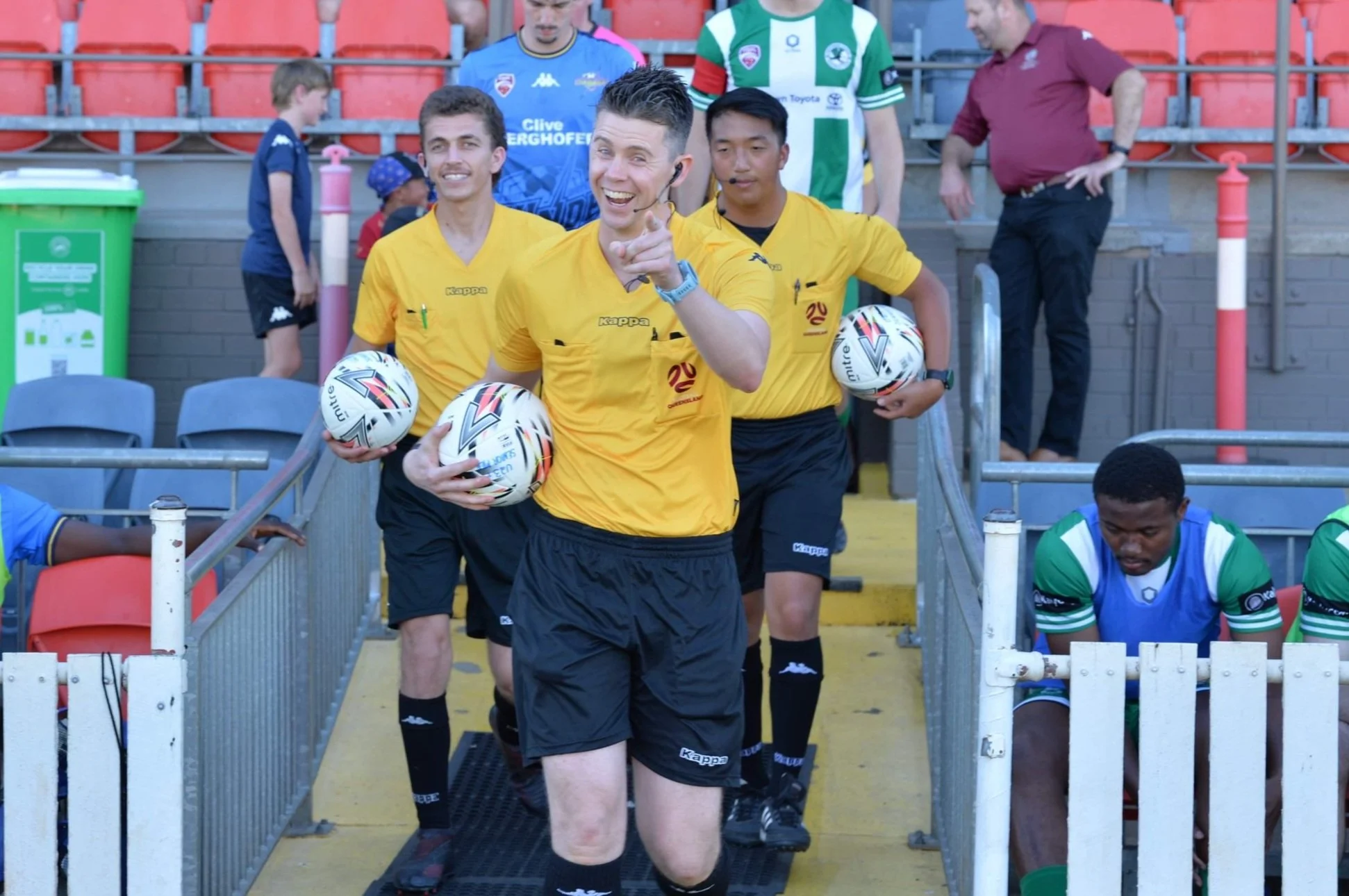How To Plan And Design A Home Workout — The Ultimate Guide
I know this article is coming a little late into the “Lockdown” Home Workout Game…but cut me some slack. I did still have a business to run and build, and The Fitness Collective is now allowing me to sit down and write really helpful content for you. Like this.
The Home Workout. It’s a funny beast.
From where I am sat, it is something you know you could do. But it just isn’t that easy to actually execute.
And it doesn’t matter how many times you intend to do one, finding the right energy for it just seems elusive.
And I’ll let you in on a little secret…
During Lockdown I was really struggling to do Home Workouts too.
But keep that between you and me, please.
I’ve been writing Home Workouts for The Fitness Collective for many years now. From 10min Bodyweight Workouts to full-blown Programmes, and with great results I might add. Putting this format of a workout alongside their nutritional adherence to a Calorie Deficit here are some results:
From doing a minimum of 70mins a week I have had one client lose 26lbs. Another client has lost 14lbs by following this programme which I have laid out here. And using this format on the Gym Floor lost another client of mine 24lbs.
I know it works, and I have been using formats very similar to this for years as a one on one Coach as well as an Online Coach. This isn’t a program I learned in a book or even a method that I found out on some secret trainer coaching call.
This is a format I have been intuitively using with all of my clients for the last 5 years.
It keeps training fun, it keeps training optimal and it allows clients to feel progress but not feel overworked. It’s not a quick fix or a fast solution. It’s sustainable, achievable and the results stick over a long period of time.
There are a lot of issues out there with the way that many trainers structure and write a Home Workout for you, so my plan right now is to give you a plug and play formula, one that will challenge you every time you workout and will never get boring or too easy for you.
One that you can change at any moment if you wish, one where you can switch up exercises when you get bored of them or feel like you need a different challenge, however
This is way more advanced than a 20min Booty Workout on YouTube.
But because it's advanced, it doesn’t mean you aren’t going to be able to do it. It means this Article is going to take you through:
Table of Conetents for: How To Plan And Design A Home Workout — The Ultimate Guide
So if you’re ready…
How To Plan And Design A Home Workout — The Ultimate Guide
GETTING INTO THE RIGHT MINDSET FOR A HOME WORKOUT
Knowing that you are going to the gym to do a workout is quite straightforward, and although you will have good days and bad days with that, you still seem to have the right energy for it when you are there.
But at Home that energy doesn’t exist.
And this is perfectly normal. Many, many, many people struggle to workout from home.
This relates to something called Environmental Productivity.
When everyone around you is working on the same thing you sense that energy and it keeps you accountable for what you want to do too. It helps keep you motivated. It's like going to study at a Library, despite having a perfectly good set up at home. The energy about the place matches your driven desire for your action.
So how can you create a Gym Environment at Home to help you get motivated to do the workouts?
Try Cranking Up The Music
Gyms have specific music on for specific reasons. The ideal Beats Per Minute for a Strength Training Workout is 130–140 for each song. Here Spotify has done the hard work for you and it groups Music by BPM: This Playlist is one example of that.
If you want a Playlist full of inspirational music for the Gym which we use in The Fitness Collective then all you have to do is click here: The Fitness Collective Spotify Playlist
Use Stock Footage Of Other People Working Out
You can head to YouTube and just get rolling footage of other people working out. Put it on your TV and away you go…it will be like you are working out next to other people who are doing the same thing as you.
One Example of that footage is right here: https://www.youtube.com/watch?v=LfWaGAgU4ms
Give Yourself A Journey To Your Gym
Lay out everything you need for the Gym. Your Weights, your Mat, your Towel, your Water Bottle, put the stock footage on your TV, and start your music playing.
Then leave your house dressed and ready to workout.
Walk around the block knowing that when you re-enter it is not your Home. It’s your gym. Just make the walk 5 minutes and treat it as your workout.
That way when you enter your home, you will see it as a different space, and it will feel more like a fresh space for you.
Peter Hall, the very famous RSC Director said:
“The first act of creativity is sweeping the floor”
That is what you need to do. Clear the decks and set it up as your Home Workout space. Then clear your mind and your physical state by leaving the space and returning with a different intention.
How To Plan And Design A Home Workout — The Ultimate Guide
Are Home Workouts Effective to Lose Weight and/or Build Muscle?
Let’s look at this a little more objectively.
Are you able to get to a Gym? If so…then go to the gym to workout. You can increase the loads and perform much more optimal exercises for your body.
I highly doubt you have a Barbell at home…
Are you unable to go to a Gym? This could be for many reasons. Maybe you are scared of the Gym or it makes you feel uncomfortable. Maybe you have young children and can’t find the time. Maybe you can’t afford a Gym. All valid reasons and understandable reasons for your desire to workout at home, and this is why working out at home can be effective for you.
If you do get intimidated by a Gym environment then please read this article which has helped hundreds of people overcome their fear: https://www.thegymstarter.com/blog/how-to-stop-worrying-about-going-to-the-gym
If you fall into the “Unable To Go To The Gym” demographic then yes…home workouts can be effective for you. But they aren’t going to help you lose weight or build muscle unless you are a beginner and experience those “newbie” gains.
In order to Lose Weight, you must be in a Caloric Deficit
In order to Gain Weight and therefore Build Muscle, you must be in a Caloric Surplus.
So in truth, we need to be asking better questions of your Home Workouts (your Gym workouts too).
Your calories will always determine your ability to lose or gain weight. Your workouts will decide how you feel about yourself when doing either of these goals.
We need to be asking questions like:
Will this workout improve my ability to move? Will this workout help me improve how I feel about myself? Will this workout increase my mood? Will this workout boost my confidence? Will this workout give me a sense of accomplishment?
And the answer to every single one of those is Yes. A Home Workout will do that, provided you continue to follow some key principles laid out in the rest of this article.
Using these questions is how I have managed to focus the minds of my clients which has allowed them to get such great results when they just workout at home. Clients who have worked for just 10mins a day, do it every day. Therefore over a week, they are getting in at least 70mins of exercise a week. This plan is based on doing more than that in terms of time, but less frequently in terms of days.
How To Plan And Design A Home Workout — The Ultimate Guide
What Exercises Should You Do In A Home Workout?
Exactly the same exercises you would do in the Gym.
Thanks, Ron.
Let me clarify.
When I build a workout for anybody I will focus it around three movement patterns groups:
Push / Pull / Squat or Legs
And your Home Workouts should be no different at all. The issue we have here is that access to your ability to Push and Pull will be hindered by the equipment you have available to you.
To accommodate for this, you can allow a bigger bias to your Leg Exercises, which will keep the workouts very challenging for you.
Exercise Selection will always be based around the Muscle Groups of Push/Pull/Squat or Legs and then you will choose exercises starting with the Compound Movements.
These are:
Primary: Squat, Deadlift, Pull Up, Bench Press, Overhead Press
Secondary: Incline Row, Barbell Row, Push Up
As you are working out at home, personally I believe you should be doing three Full Body Workouts a week. These should be between 40–60mins in duration. You can do more, you can do less. It is entirely up to you. What is most important for your training is that you put it into a format that you enjoy, and will, therefore, keep adherent too.
Consistency is and always will be the most important part of ANY training program.
The majority of your workouts at home will be Compound Work (Multiple Muscle Focus). However, you can sneak a few Isolated (Single Muscle Focus) Movements in there too if you so wish.
The following lists will have crossovers for your Muscles and may engage many other muscle groups as well…but that’s ok. Also, the following list is where I would start…that doesn’t mean that other exercises aren’t justified.
The numbers next to each exercise is a difficulty rating based on a beginner working out, 1=Easy, 5=Hard. The difficulty is always subjective and just because an exercise is rated as 5 doesn’t mean you need to avoid it. What you are willing to put into your plan is completely up to you and I would recommend you challenge yourself as much as possible, whilst feeling safe and having a sense of accomplishment from what you are doing.
We can also limit or increase the intensity of an exercise and that will be very important for you to manage as you write and develop through your program (more on this in the section “What Sets and Reps Should You Do In A Home Workout”)
An exercise with FB written next to them means you can use them as a Full Body Compound as well
Bodyweight Push Movements (Compound)
Push Up (4), Incline Push Up (1–3), Wall Push Up (1), Bear Crawl (3), Spider Climbers FB (5), Push Up Plank (3), Mountain Runners (2), Pike Push Up (4), Hindu Push Up (5), Long Plank (4), Full Plank (3), Cobra Stretch (1), Stop Press Push Up (3), Walkout FB (2), Burpee FB (5)
Bodyweight Pull Movements (Compound)
Bodyweight Deadlift FB (1), Good Mornings (1), Towel Row (3), Bird Dog (2), Supermans (1), Prone Back Extension (1), Renegade Row (3)
Bodyweight Pull Movements (Isolation)
I’s, Y’s and T’s (2), Prone T (2), Wall Angel (3), Cobra Wings (2).
Bodyweight Leg Movements (Compound)
Squat (2), Forward Lunge (4), Squat Jump (4), Split Squat (3), Sumo Squat (2), Bulgarian Split Squat (5), Split Squat Jumps (5), Squat Pulse (3), Split Squat Pulse (4), Sumo Squat Pulse (4), Reverse Lunge (2), Side Lunge (3), Walking Lunge (3)
Bodyweight Leg Movements (Isolation)
Single-Leg Glute Bridge (3), Glute Bridge (1), Frog Pump (3), Clamshells (1)
If you have one set of Dumbells or one Single Kettlebell at Home you can add in any of these exercises:
Please note these exercises are not rated for difficulty as it will depend on the weight you have at Home
Push Movements (Compound)
Floor Chest Press, Overhead Press, Floor Chest Flyes, Arnold Press, Seated Overhead Press, Floor Pullover, Squat and Press FB.
Push Movements (Isolation)
Lateral Raise, DB or Bodyweight Arm Circles, Front Raises.
Pull Movements (Compound)
Deadlift FB, Bent Over Row, Renegade Row, Seated Low Row, Single Arm Row, KB or DB Swing FB, KB Halo, KB Single Arm Deadlift FB, KB Single Leg Deadlift.
Push Movements (Isolation)
Reverse Flyes, Upright Row.
Leg Movements (Compound)
Goblet Squat, Squat and Press FB. You can also add weight to any of the Leg Movements detailed above.
Leg Movements (Isolation)
Romanian Deadlift. You can also add weight to any of the Leg Movements detailed above.
Own Preference Training
This refers to anything additional you want to work on. This could be an Ab Circuit, some additional Arm Work, some Mobility Focus, anything you want to work on that is additional to your Goals. For example, in The Fitness Collective, we run Exercise Challenges, and you could insert that here.
Putting These Exercises Into A Structured Workout
A good dynamic warm-up is important for working out if you went for a brisk walk beforehand that’s a great start, and then from there just go into some Squat Swings, Arm Swings and any form of light movement that gets the heart rate elevated and your limbs moving.
Then you are going to use this structure (please note RPE is explained in the next section):
Full Body or Leg Compound (RPE = 9)
Leg Compound (RPE = 9)
Push Compound (RPE = 9)
Pull Compound (RPE = 8)
Leg Compound (RPE = 8)
Push Compound or Isolation (RPE = 8)
Pull Compound or Isolation (RPE = 8)
Leg Isolation (RPE = 7)
Leg Isolation (RPE = 7)
Own Preference Training (RPE =7)
What About Rest Periods? Your rest period between each exercise will be determined by your RPE. Therefore if you found an exercise was an RPE of 9 you would need longer to rest as opposed to if it was just a 7. You can dictate your rest, as long as within each set you reach your desired RPE.
How To Plan And Design A Home Workout — The Ultimate Guide
What Sets and Reps Should You Do In A Home Workout?
This is where so many Home Workouts fail you.
The typical Home Workout will tell you to do one of these many things:
The HIIT Format
30secs of said exercise, 10 seconds rest, or 40secs of said exercise, 20secs rest, etc, etc.
The Strength Format
3 Sets of 12 Reps, 5 Sets of 5 Reps, etc, etc.
The Failure Format
Do every exercise to exhaustion
It is impossible for myself as your trainer, or for anyone else to know truly how many Sets and Reps you need to do to gain what you need to gain from a Home Workout. We have formats in the Gym Environment of what Rep Range you need to work for, for certain outcomes. However at home, as you more than likely won't have enough weight to challenge yourself to the desired outcome across a Set you will need to judge everything based on your RPE, not Reps.
Therefore you need to learn to develop how many sets and reps you are capable of doing whilst sticking to the desired RPE (Rate of Perceived Exertion) across the set.
What is RPE?
RPE stands for Rate of Perceived Exertion. It’s a scale of 1–10 of how exhausted you feel once you have finished a set of exercises.
1 = you can do it all-day
10 = you need a 10-minute rest once you are finished
What RPE Should You Work For?
Across the whole workout, you want to walk away feeling like you worked at an RPE of 7–8.
One of the principles behind making workouts successful and effective is that of a Progressive Overload. This is the concept that every workout you try and do a little bit better than you did before. This could be: More Reps, More Sets, Longer Time Exercising, Better Form or Lifting More Weight.
When you judge a workout on your RPE your Progressive Overload is taken care of by itself as you adapt. Month One your 5kg Goblet Squat could be an RPE of 8 which is your target exertion level.
Then in Month Three, the exact same exercise, for the same amount of Reps might only make you feel like you worked at an RPE of 6.
When this happens you need to add in Progressive Overload. You can now improve your form, do more Reps, add in an extra set or add more weight to make sure you keep your Exercise at your target RPE of 8.
How To Structure Your Sets
You can structure your Sets however you want and in whatever format you desire.
You can stick to a traditional Strength Training Format which would be typically 3 Sets and as many Reps as you need to hit your RPE.
You can group the exercises into Circuits. The time for each exercise will be determined again by your RPE. If you find an exercise easier then do it for longer, or rest for a shorter time period. If you find the exercise harder then do it for less time, and rest for more time.
You can Super Set the exercises which is when you do two exercises back to back and give yourself no rest between each set.
To begin with, whilst you are figuring out how hard you are working over a Set to get your RPE then aim to work towards the traditional 3 Sets of 12 Reps format.
Or if you want to do a more HIIT Style of training use the 40 seconds on, 20 seconds rest structure.
How To Plan And Design A Home Workout — The Ultimate Guide
An Example Training Programme Based On This Structure
Here is a Training Programme you can take straight into your Training based on the structure I have outlined in this article.
How To Plan And Design A Home Workout — The Ultimate Guide
What Equipment Do You Need For A Home Workout?
Luckily, you don’t need a Golden Retriever to do your Reverse Crunches.
This Article has laid down a plan that should allow you to build some amazing workouts for yourself without any equipment at all.
I’m called The Gym Starter and part of that means I want to make Exercise as accessible as possible for you, hence giving you a plan that requires no investment other than your own body.
That being said, most people know someone or can get their hands on some equipment, and if that’s something you want to find out more then here is what I would personally recommend:
Dumbbells: They don’t have to be flashy but do need to be heavy and if you can get some they will certainly make your Home Workouts more interesting. I would recommend anything two 5kgs Dumbells or above.
5kg Dumbbells are heavy for many beginners especially when they are dong Isolation Exercises. But as you know by now, at Home we want to work as many Compound Movements into your workouts as possible, and 10kgs+ in those movement patterns is going to make them a lot more effective for your body.
Kettlebells: The exact same rules apply here as with Dumbells. A Kettlebell is a wonderful tool for your Home Workouts, but if you can only afford one KB, try getting a 10–12kg+ Kettlebell. This will make exercises like your Deadlift and Goblet Squat a lot more effective for you.
TRX/Suspension Trainer: If you can get a Suspension Trainer it will add another dimension to your workouts, especially your Back Exercises. They are super safe to use, hook over your door, and super fun too. An official TRX is quite expensive, but there are plenty of affordable Suspension Trainers on the Market, and I do recommend them to clients.
Yoga Mat: You will be doing a lot of floor work and making that feel more comfortable is important. If you are going to add in a lot of Ab Work in your Own Preference Training then maybe consider getting quite a thick Yoga Mat to just help with that.
Resistance Bands/Mini Bands: I do love a Resistance Bands as they are really cheap and can very much add a useful dimension to your workouts.
If you can add those three items to your arsenal of Workout Equipment then you will do very well. But you shouldn’t be spending 100s of Dollars on this stuff.
I always say to clients, lets see how you get on being consistent with just your Bodyweight first, then we can look at investing in some equipment. The last thing I want is for you to spend $200 on all of this stuff, and it just collects dust, making you feel like you aren’t achieving what you want, and therefore making you feel rubbish about yourself every time you come across it.
How To Plan And Design A Home Workout — The Ultimate Guide
Conclusion
Now it’s your turn. Go and be creative. Go and create your workouts and explore what your body can do.
You now have a format that you can adapt completely for your own individual circumstances and you can create a fantastic training programme for yourself at home.
Track your progress, write down your RPEs on every workout and when you get bored of a workout change either the exercises or the workout structure.
Here is a Blank Template you can download and use for your Home Workouts:
And that’s it.
Have fun.
And make sure you let me know how your progress goes.
Did You Find This Useful?
I have plenty more articles about working out throughout this website.
Here is a selection I think would make great further reading for you:
Wait! There’s More…
You are also invited to get a bundle of Weight Loss Goodies from me including:
Get yourself a free month of workouts (Home and Gym-based options)
Get yourself a free copy of my e-book ”27 Ways To Faster Fast Loss”
Get yourself a free customized Calorie Calculator
Straight to your Inbox
All you have to do is put your email address in below:













